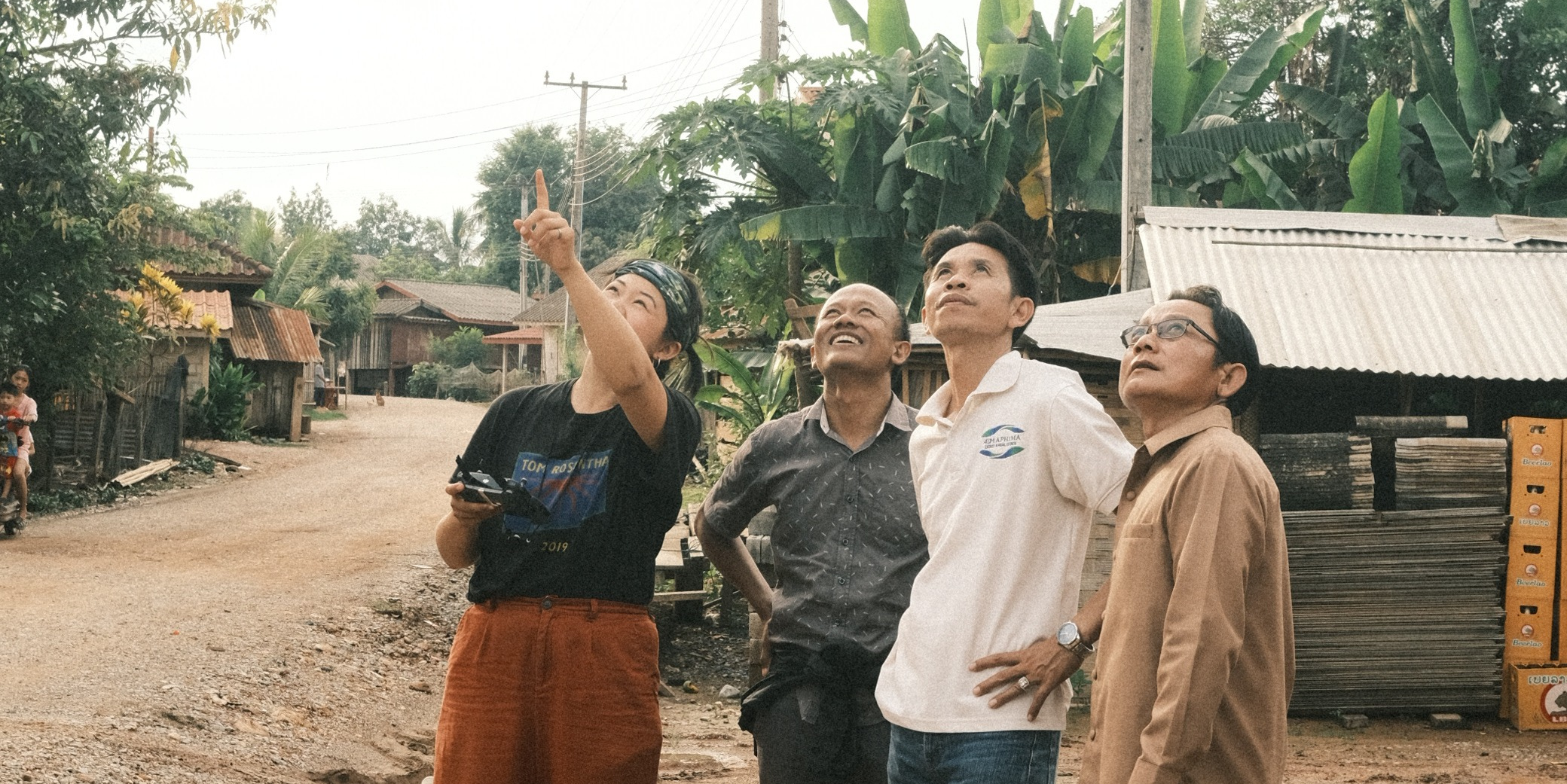
A thesis abroad: Bridging technology decision making and local engagement in Laos
Join us as we explore Yilin Huang's master's thesis journey, where her passion for technology, environment, and policymaking converge. To understand how community participation and policy decisions interact in a real-world environment, Yilin’s thesis focuses on landscape decision-making in rural Laos, where she spent two months during the summer of 2023.
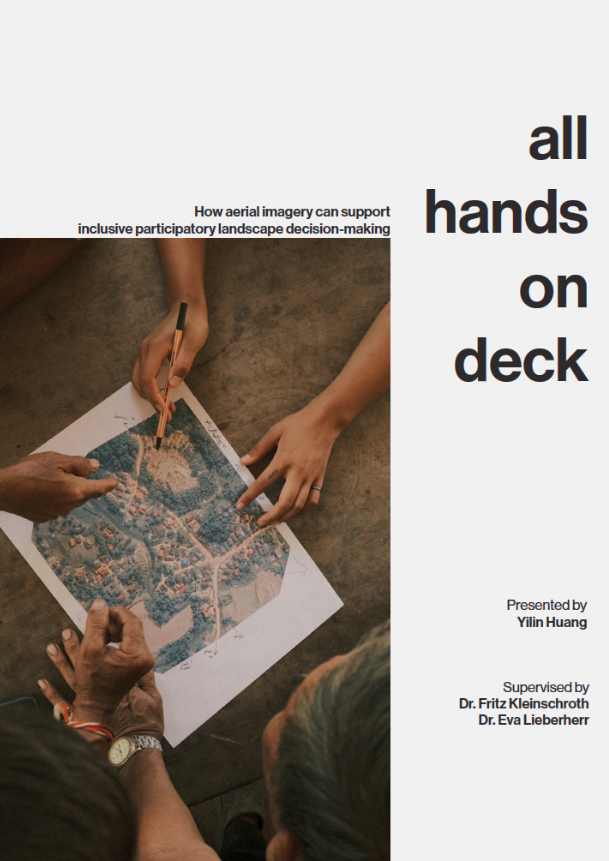
Yilin's thesis, titled "All Hands on Deck: How Aerial Imagery Can Support Inclusive Participatory Landscape Decision-Making," seeks to make landscape decision-making more inclusive and accessible to the rural communities that are most affected by these decisions, but often face barriers in accessing the decision-making process and resources used by land developers. Supervised by Dr. Fritz Kleinschroth, Dr. Eva Lieberherr, and Prof. Dr. Jaboury Ghazoul and in collaboration with external page NAFRI, the National Agriculture and Forestry Research Institute of Laos, this thesis is an exciting example of how STP master's students can build on their education through innovative research that effectively bridges the gap between technology and policy.
In the following interview, Yilin tells us about her thesis process and offers valuable advice for students aspiring to conduct impactful research abroad.
How did you choose your thesis topic, and who did you want as a supervisor?
We’re lucky at ISTP that we get such a wide range of departments from which we can choose a thesis topic. I knew from the get go that if I was working on any project for half a year, I wanted to get the chance to build my skills in the field, and projects with an environment science focus tend to support this. My initial ideas for the thesis topic were in areas of forestry, natural reserve management, that sort of thing. In the end, it comes down to your interests, strengths, luck, and what professors are currently working on. I reached out to a group that I had taken a course in my first year with, the Ecosystem Management Group. I loved the course I took with them, the Foundations of Ecosystem Management course. I explained in my email what I had really enjoyed about the course, the kind of projects I’d be interested in working with them on, and sent along my résumé. At the time, they didn't have any openings on projects similar to those in the course. But since I had attached my résumé, they saw that I had worked at a drone start-up before, and wrote me about their ongoing project in Laos that had a large drone component, would I be interested in working on that? In many ways, this was an even better fit than the projects I had initially expected.
What was your thesis topic?
I think the easiest way to think about it is to imagine you’re someone from a rural farming community. You’re very familiar with your land, but quite rural, no computers and all. One day, developers come to you and tell you they’re planning to build through this land (i.e., a road or new plantation), and consult you with their satellite map. But you’ve never seen one of these before, so it’s very difficult for you to translate your local knowledge onto the tools that the developer uses and understands. So, in our project, we wanted to see if drone images could act as a stepping stone for these local communities between their lived knowledge and spatial planning tools.
“We wanted to see if drone images could act as a stepping stone for these local communities between their lived knowledge and spatial planning tools.”Yilin Huang
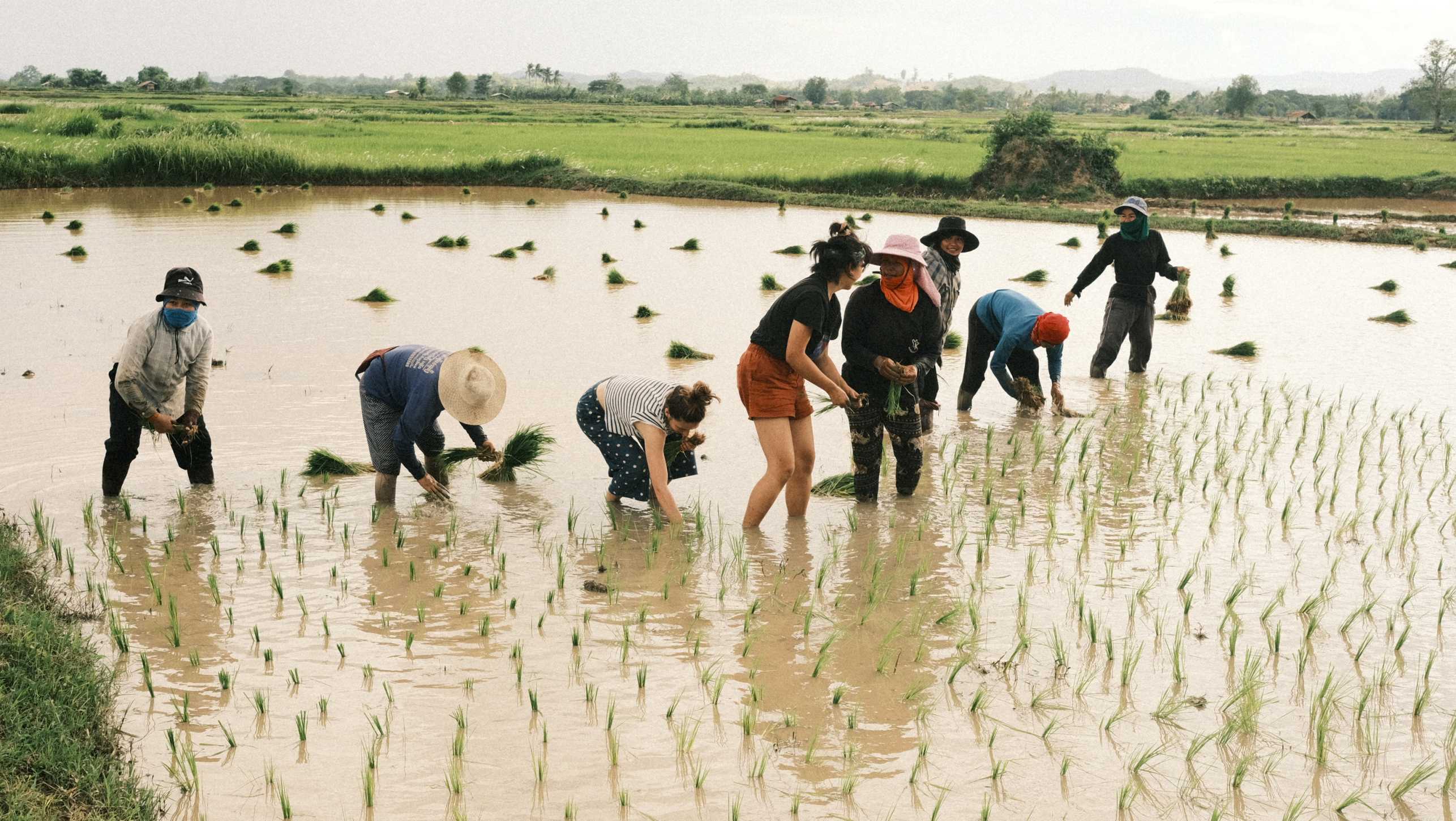
How did you actually go about testing this theory?
In our two months in Laos, we held focus groups and interviewed over 160 village members from more than 30 villages. In each of these villages, I would first fly the drone and capture aerial images of the village from different angles. I’d then stitch these aerial photos and print them off for each focus group. During this we’d first have an identification exercise where we asked participants to label as much as they could, first on a satellite image, then on the drone images. We then discussed with them the usability of each image type and how they might find the different images useful in different situations. In each district, we also met with government officials to understand how the landscape decision-making process worked there. From this, I was able to compare what the policymakers' framework for decision-making was, and compare it to what the village participants were telling us.
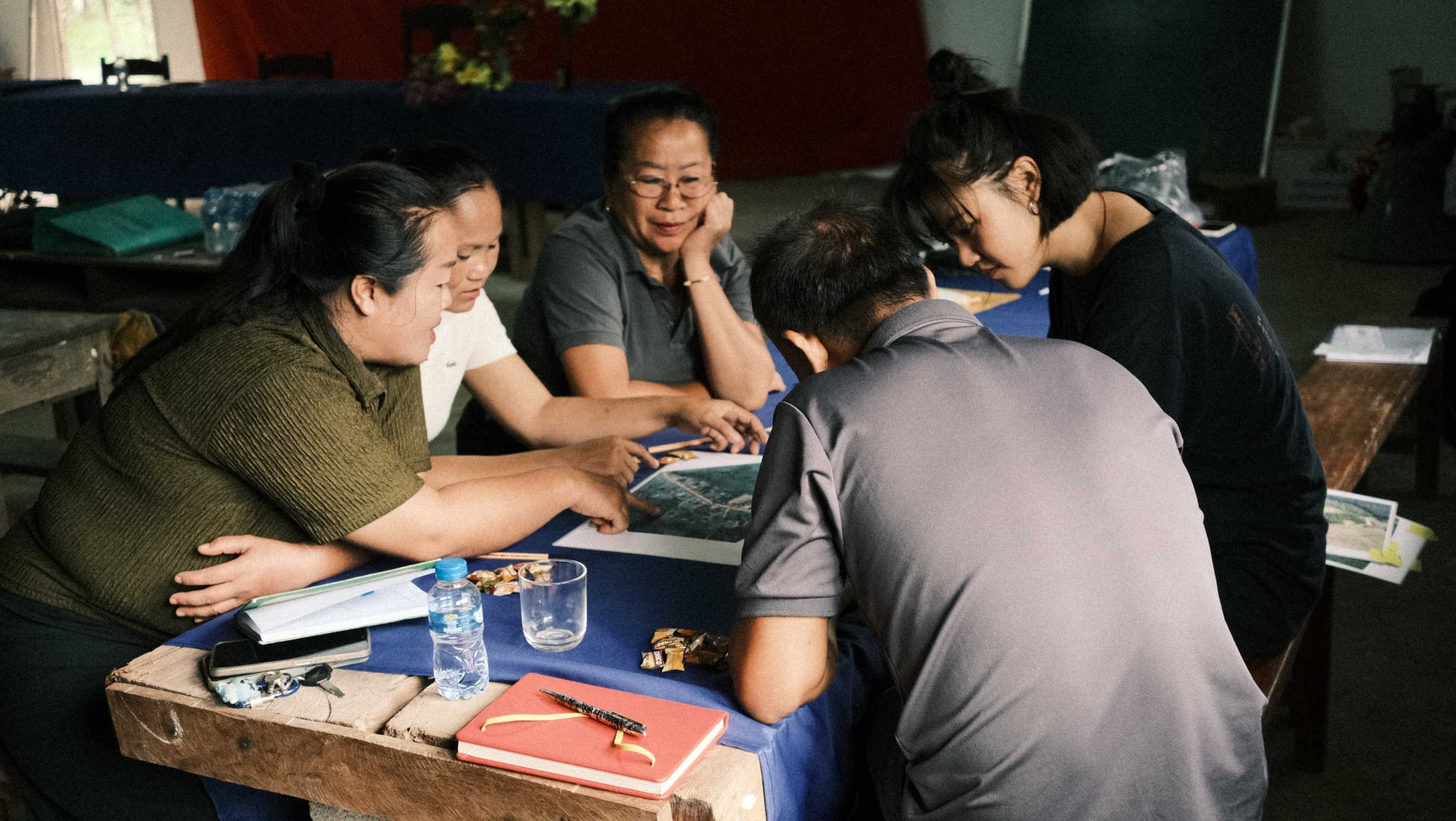
Given that you were joining an existing project, to what extent were you involved in shaping its direction, planning, and overall development?
When I joined, in early 2023, the project was already broadly defined and was part of an ETH4D seed grant focused on examining changes in the Lao forest matrix. I was lucky that my supervisor, Fritz, had already applied for and gotten funding for the project. Because Jasmin Krähenbühl, another ISTP MSc student, was already involved with the project when I joined, based on our individual skillsets and interests, we were able to split the project into two streams. Jasmin’s focused more on understanding the community’s changing perceptions over time to forest ecosystem services, while mine was on the accessibility of aerial images. That’s one of the things I really appreciated about Fritz, that he always asked us what we wanted to get out of this, not just for the thesis, but what skills we wanted to learn and our future career interests. Because of this, we were able to be reactive and shape the project as we went, even while on the field, and that flexibility was really important.
“That’s one of the things I really appreciated about Fritz, that he always asked us what we wanted to get out of this, not just for the thesis, but what skills we wanted to learn and our future career interests.”Yilin Huang
How did you organize your time/what was the whole thesis process from day one to handing in?
It took about a month of preparation before the fieldwork. I was preparing the software for the drone mapping, making sure that the image stitching systems worked with the drone I had, and I also had to consider that in Laos, we often wouldn't have a steady power supply. So, making sure that I had the right equipment for the fieldwork. And then, of course, planning where we were going in Laos, which I have to give Jasmin a lot of credit for, because this was honestly very difficult as we were both wholly unfamiliar with the terrain and transport options. At times, village names on online maps didn’t match up to any real village in the vicinity. We then had our two months in Laos to put it in research terms, “collect our data.” Once we came back to Zürich, we had three months to organize our data, formalize what we found, and write the thesis. During that time, I spent about two months on the draft of the text and all the figures and analysis, and then about a month revising that draft based on feedback from Fritz and Eva, and formatting it with images and compiling it all into the book it is today.
What was a typical day like in the field?
As I said before, we had roughly 30 villages on our list, these were spread out across several districts so we could get a wide range of educational backgrounds, livelihoods, and so on. Jasmin, myself, and our translator, Meun, would usually go to these districts, often quite remote, and we’d stay there for around 3 to 4 days, meeting about four villages in each district. We started our days pretty early; the district officer would pick us up and drive us to the village we were going to visit that day. When we got there, we’d meet with representatives from the village council that the village head had selected and host our focus group. Then, in the afternoon, we’d go to our next village to take the drone pictures. In the evening, between sticky rice and rice noodles, I’d stitch the photos and edit them for the village we would meet in the next day, so in general, the participants always saw an aerial photo from their own village.
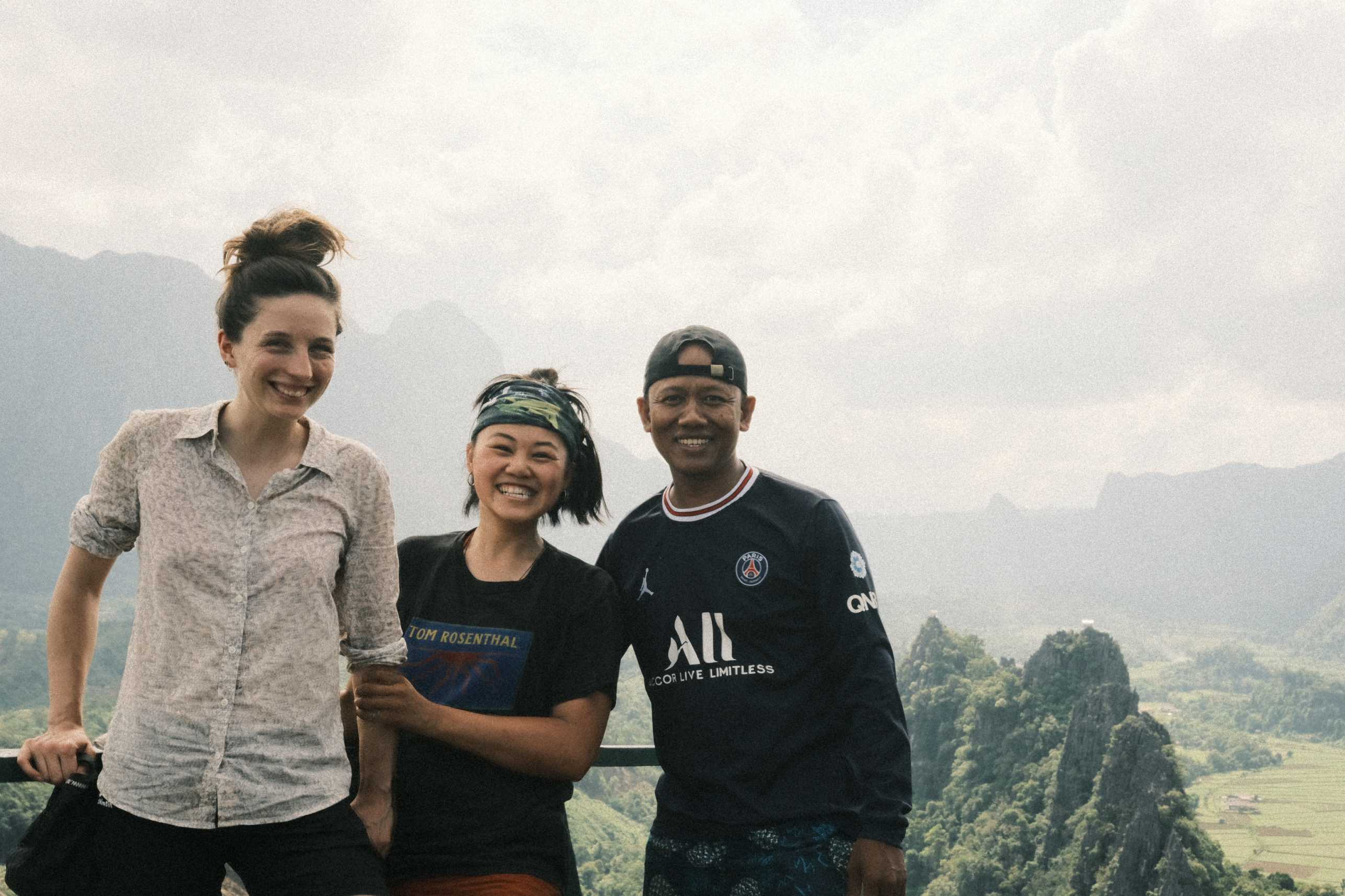
Did you face any challenges during your project, and if you were to do it again, is there anything you would change to avoid these obstacles?
Sure, plenty. One that’s funny for me to tell now but at the time was quite horrible had to do with our drone. When I’d worked at the drone start-up back in 2019, I’d purchased my own drone, and have since flown it hundreds of times. Well, on our very first day, we get to the first village. We’ve taken a 12-hour flight over, overnight train, and about a day’s worth of driving to this rural town. I launch the drone up, and as I’m checking the altitude on my remote, I hear the team yell in Lao, I look up and see it spiralling down, crashing within meters of us. So, this is now a crazy scenario. I’m here in Laos for a project that rests on drone images, but mine’s just crashed. A friend suggested I just use a really long stick from now on. In the end, we were incredibly lucky with the university in Laos, and were able to use their drone, which happened to be the same make and model as my own. You should always have one, especially for fieldwork, but it’s important to really be aware of your contingency plan. What are you going to do if the local Lao regulations ban all drone flying? What if the rainy season is so heavy you cannot fly? What is your contingency plan? You still have two months in the field. We had a backup plan where I would use previously captured drone photos that I had printed, but it would’ve changed the nature of the research question a bit. Plan well, but most importantly, always be ready to think fast and adapt.
“Plan well, but most importantly, always be ready to think fast and adapt.”Yilin Huang
Were six months enough time to complete the thesis?
I think six months is very tight for any project. I think for fieldwork projects, it's especially tight considering the amount of logistics work you're managing (funding, housing, visas, mobile phone, language, transportation, vaccines, just to name a few things). So, we did have to keep that in mind the entire time we were scoping the project. There were so many interesting avenues I could’ve gone down that I only touched on very briefly in the thesis. I would actively have to choose not to pursue it because it's like, if I choose to do this, the overall quality of the work will be affected because I have a limited amount of time left. That was not always an easy decision to make. But I'm grateful to both of my supervisors, Fritz and Eva, for being very supportive of my decisions, but also very realistic. They’ve both supervised quite a few theses, and they were able to ask me at critical points “okay, if you want to do that, in our experience, that’s pretty tough to add on.” So, they were able to help me gauge what was realistic (and expected) from a master’s thesis.
What advice would you offer to students looking to pursue their thesis abroad?
First, you need to have the idea in your head that it is possible. There are going to be more hurdles than a project that is local, but many groups, especially in the environmental science (USYS) department have fieldwork components. It’s also common to reach out to professors outside of ETH and complete your master's thesis with another institution. If you go the route I did, the first thing that you need to keep in mind is to find a project that already has funding, for example, something through the ETH4D program, otherwise in the six-month timeframe, it’s probably too tight to apply for funding and go abroad. ETH also has generous support for international experiences, and funding from SEMP covered my flight, for instance. Of course, on top of that, there are costs, for example, food, that we covered ourselves. So you're likely going to expend some of your own money while working abroad. Finally, also keep in mind that there are a lot of logistics and planning that need to be done, sometimes months in advance. For example, in our case, there were vaccines which we had to get quite in advance because of second dose timing, and sometimes visas have long processing times.
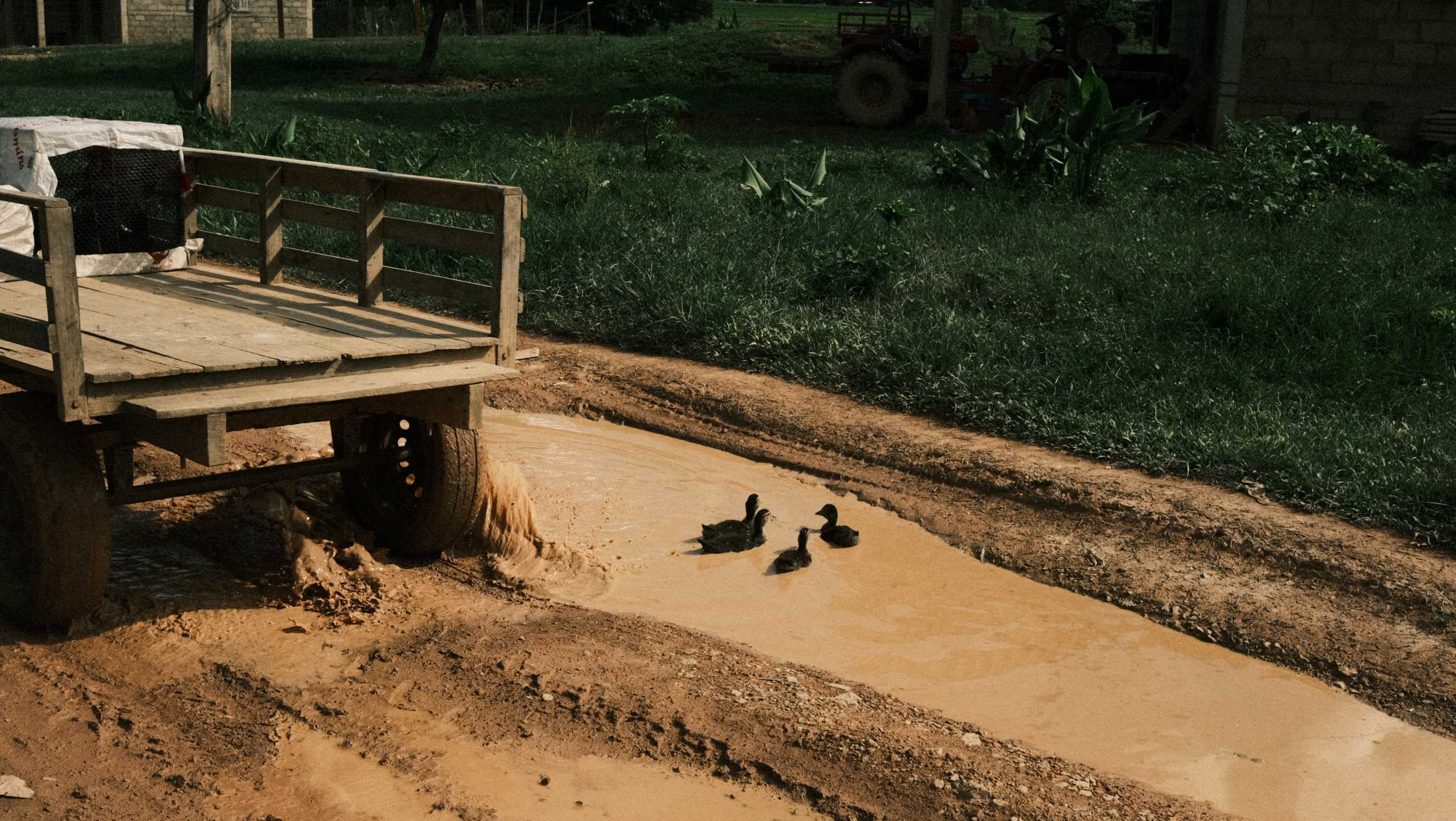
What did you find most fulfilling about doing a thesis abroad?
I was very fortunate to have spent time and lived in places that I think an average visitor to Laos would typically not have the chance to see. I think it's difficult to get this depth of insight as a non-local, so, as someone who’s only been there for two months, which is not a long time at all, I was able to get a relatively good understanding of what life is like for an average rural community member, which is a very special way to connect with the beautifully diverse world around us.
“I was very fortunate to have spent time and lived in places that I think an average visitor to Laos would typically not have the chance to see.”Yilin Huang
In what ways did the coursework during your studies impact what you did in your thesis?
One of STP’s greatest strengths is its flexibility. For instance, I was able to take courses in cybersecurity but also in environmental management, and tree modelling and the Foundations of Ecosystem Management course, which is traditionally reserved for USYS students, was fundamental in introducing me to this group. A course I took in my second year, Tropical Cropping Systems, was also pivotal for learning fieldwork interview skills and how questions should be formulated in a way that’s interesting and relevant for the interviewee. There, I learned through our two weeks in Kenya how to iterate very quickly on our interviews, which questions were working, which weren’t. Actually, a lot of my questions in Laos were based on those questions in Kenya.
Finally, is there any advice you would offer for a master's thesis student who's starting?
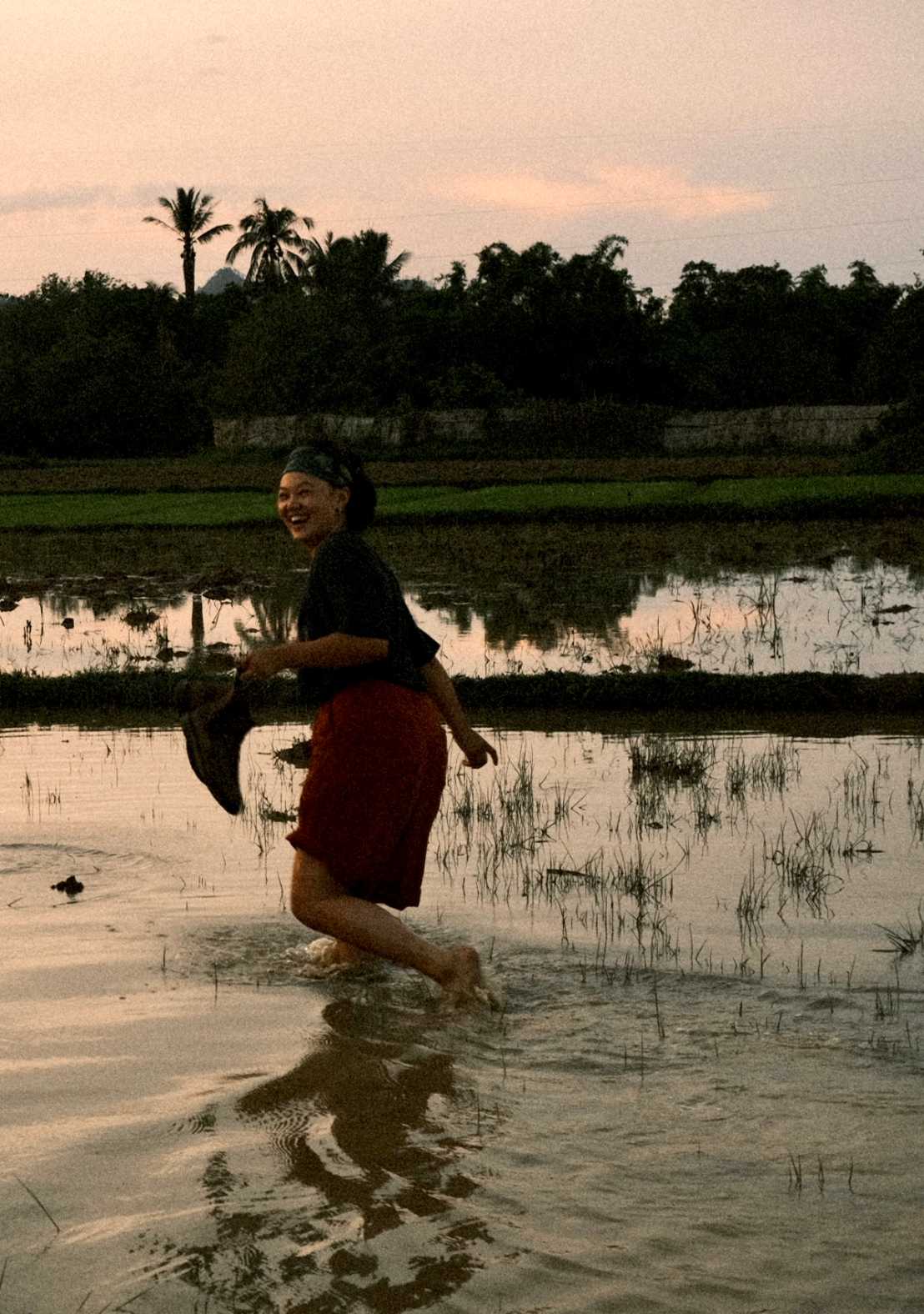
Yes! The most important lesson I learned is one of prioritization. Depending on the type of person you are, a master’s thesis can feel really all-consuming. And I don’t just mean this in the sense that you wish you started writing earlier or wish you’d had a better reference manager. I mean it in the way that you are in the driver’s seat: the direction, depth, and breadth is all up to you. Sometimes it feels like it’s your baby, so you want to give it your all, it can feel incredibly intense. And I think that’s great! But you also have to be careful. Life still goes on, and you can’t expect it or the people around you to wait for you to hit submit before starting again.
Similarly, try to have conversations about expectations early on. This means with your friends, housemates, and so on, but also your supervisor(s). Be very clear on what the expectations are with your supervisor. What do they expect from you? What do you expect from them? When do they need the first draft? How much of the first draft will they read? You should be discussing this months before your final submission. Make sure they are part of your process. They're on your team. Start that conversation early.
And for specific pointers: If you’re doing interviews or focus groups, take the time from the start to really consider your questions and structure. It’s inevitable, but the less questions you “wish you had asked at the start,” the better your data and organization will be. Start looking for patterns early, and always look for how these link to your main research question even while doing the interviews. For me, Obsidian was super useful for linking these patterns and bigger ideas, and for organizing my thoughts.
Thanks a lot for your interest and hosting me for this interview!
“Sometimes it feels like it’s your baby, so you want to give it your all, it can feel incredibly intense. And I think that’s great! But you also have to be careful. Life still goes on, and you can’t expect it or the people around you to wait for you to hit submit before starting again.”Yilin Huang

This project was funded by a seed grant from ETH4D under the name “Planning a prosperous forest-infrastructure-matrix.” You can also find my full thesis on the ETH Research Collection here: "All Hands on Deck: How Aerial Imagery Can Support Inclusive Participatory Landscape Decision-Making”